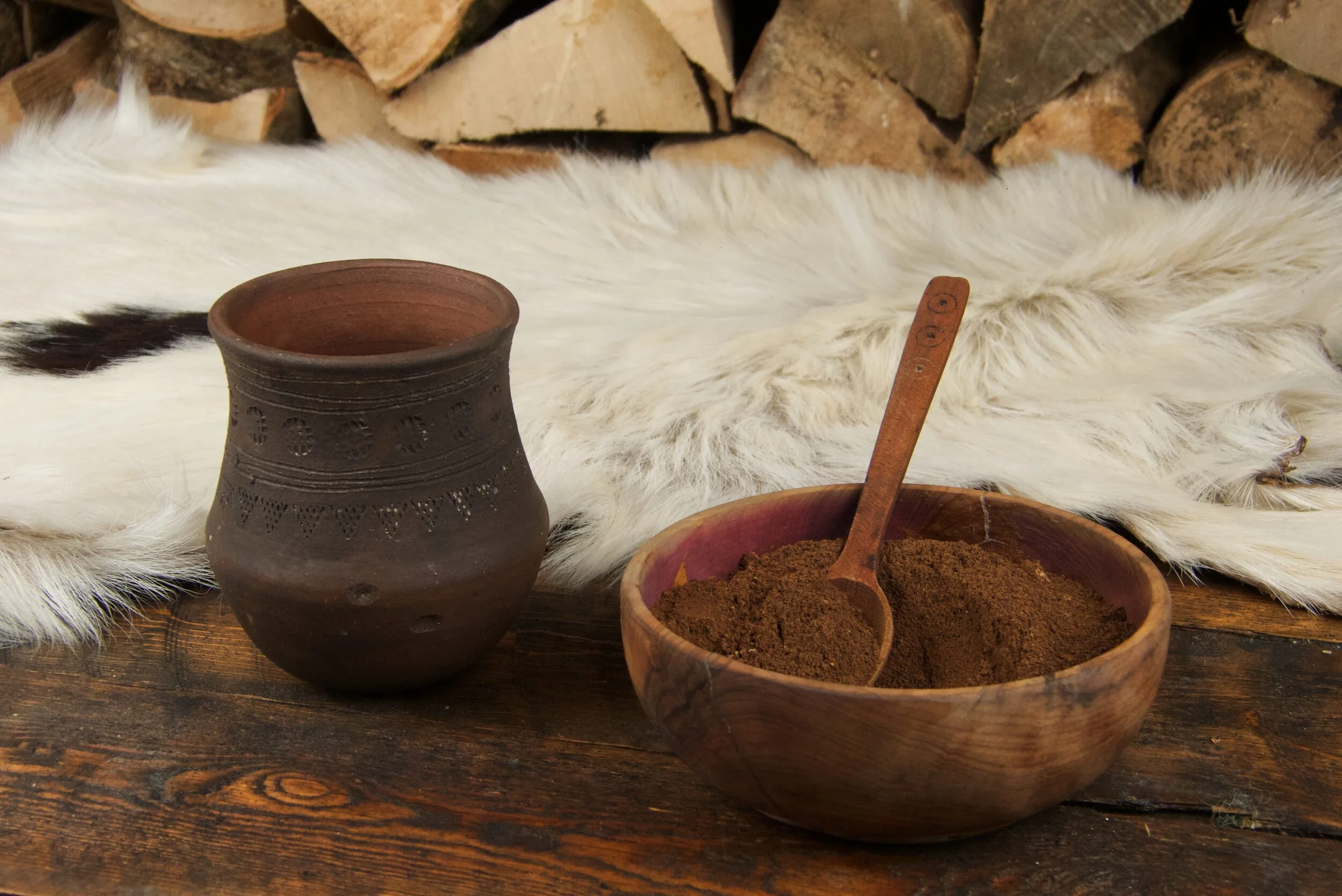Ingredients:
2 kg parsnips (cut into 5mm pieces)
4.5l water
1.5 kg granulated sugar
200g raisins
Juice & rind of 2 lemons
A strong cup of black tea (for tannin)
1 teaspoon pectolase (to prevent pectin haze)
1 teaspoon of wine yeast
1 campden tablet (optional)
1 teaspoon fermentation stopper (optional)
1 teaspoon Bentonite (optional)
Method:
Boil 2.5 litres of water and add the parsnips. Boil for around 20 to 25 mins until soft, but not falling apart, otherwise the wine will never clear.
Strain the water from the parsnips into a bucket, add the sugar, raisins, lemon juice/rind, tea and pectolase, and stir well.
Mix in 2 litres of cold water and finally add your yeast. Check your gravity and make a note of it. Cover loosely for 3 days before straining into a demijohn with an airlock.
When fermentation ends (when bubbles pass through the airlock at less than one a minute) add a crushed campden tablet and fermentation stopper, if using, as per the instructions on the packet.
After 3 days clear the wine by adding bentonite, if using, as per the instructions on the packet. Don’t forget to check your final gravity, if you haven’t already and want to know the percentage of alcohol in your brew.
Finally, syphon the wine into bottles and cork. Age for a minimum of 6 months before drinking.





